3D Data-Based Personalized Facial Plastic Surgery
3D FACE Implant
Plastic surgery can be a life-changing experience for those who have long suffered from low self-esteem and confidence due to dissatisfaction with their appearance, as even the slightest cosmetic improvement can make a major difference. Plastic surgery, for this reason and many more, has gained popularity in Korea and around the world. In Korea, which has seen a boom of plastic surgery in the past couple of decades thanks to domestic demand and medical tourism, people can receive more personalized procedures that meet their individual needs. In this edition of our newsletter, we introduce to you the 3D FACE Implant Procedure developed by Daejeon FACE Plastic Surgery using advanced technology.
A Brief Overview of the 3D FACE Implant Procedure
A customized 3D implant can be made for all kinds of plastic surgery, including cosmetic surgery and reconstructive surgery for compression fracture caused by trauma or congenital or acquired deformity. These implants are made from the so-called “bone cement,” which is comprised of the main component of human teeth, so there are little to no adverse effects after surgery. Plus, they are designed by a plastic surgeon who specializes in 3D FACE Implant surgery according to the bone structure of each patient, so the implant is guaranteed to feel comfortable, like a piece of tailored clothing.
3D FACE Implant Design and Production Process
The target site is analyzed in depth based on a 3D CT scan, followed by consultation to go over the details thoroughly. Then, the implant is designed by the plastic surgeon in consideration of the cosmetic effects and compatibility. A 3D simulation is carried out to obtain the exact values and predict the outcomes of surgery. Afterwards, the customized 3D FACE Implant is made by an anatomist at the hospital using 3D printing technology based on the design.
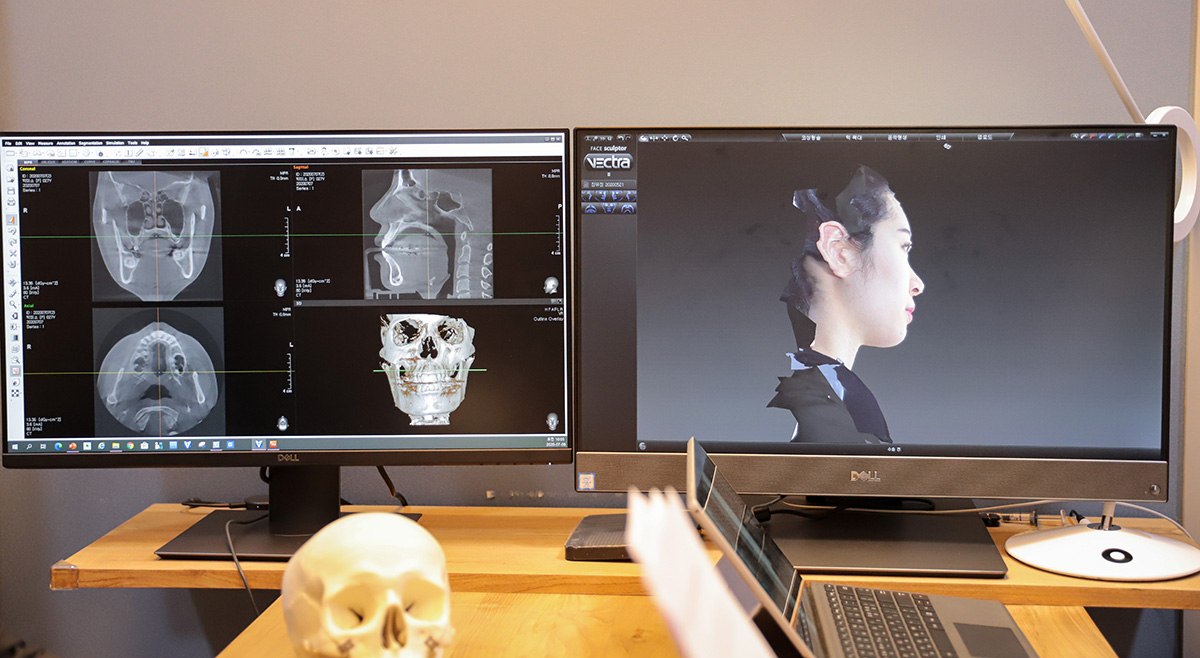
Method and Strengths of the 3D FACE Implant
The 3D FACE Implant is typically used in facial plastic surgery, such as procedures performed to change the contours of the face. While the duration of the procedure varies depending on the objective, a cleft palate repair, for example, takes about 3 to 4 hours, including the prep time and patient recovery time. Because it involves using a custom-made implant that has been made prior to the procedure, it does not take as long as similar procedures where the implant is designed and inserted during surgery. Plus, 3D FACE Implant surgery is minimally invasive, so patients tend to recover much faster.
There are cases where ostectomy, or removal of bone, needs to be performed in combination. If this is the case, the 3D FACE Surgery Guide is applied to accurate measure the amount of bone that needs to be removed. By ensuring speed and accuracy of the procedure, patients can leave more satisfied.
Reconstructing and reshaping bones according to the patient’s face requires precision and meticulousness. The 3D FACE Implant can be a solution for congenital or acquired deformities and their associated functional problems and by helping people feel happier with their appearances, the 3D FACE implants, which are custom-made to fit perfectly for individual patients, can help boost the overall satisfaction with life.


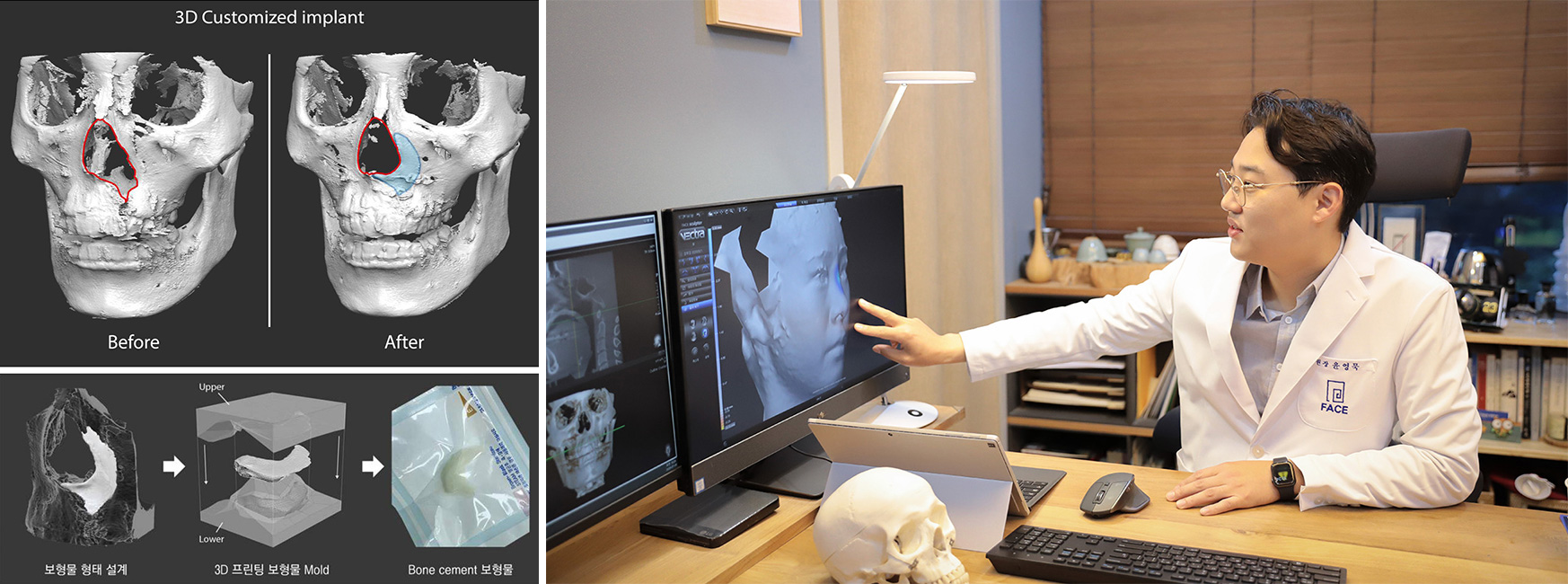

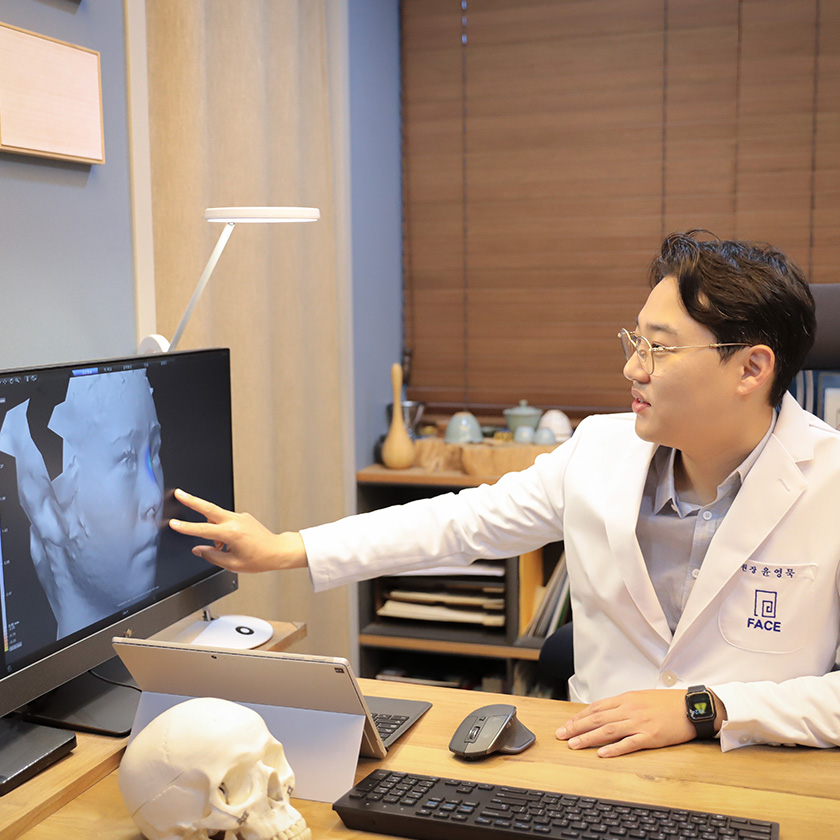 Specialized Medical Service
Specialized Medical Service
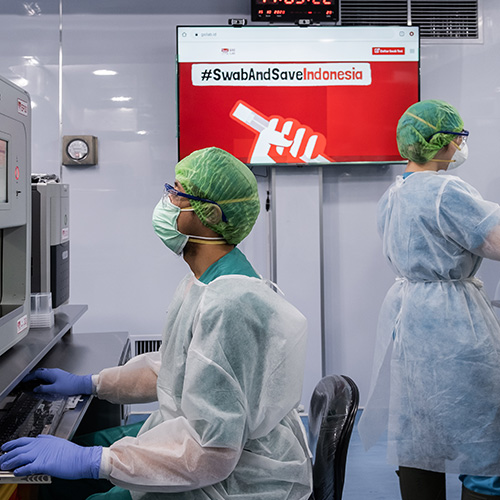 Medical Technology
Medical Technology
 Health & Wellness
Health & Wellness
 City & Culture
City & Culture
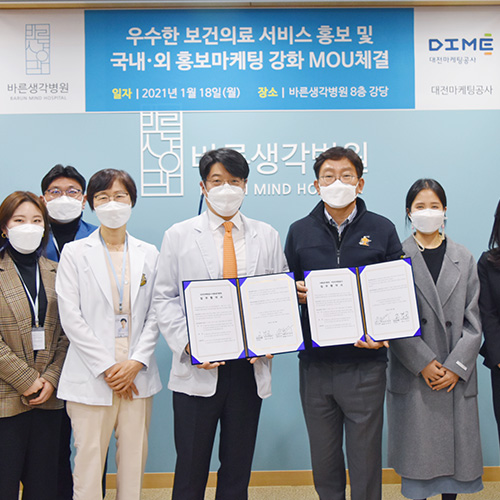 Hot Issue
Hot Issue
 Interview With
Interview With
 Medical Technology
Medical Technology
 City & Culture
City & Culture
 Food & Travel
Food & Travel
 Health & Wellness Tips
Health & Wellness Tips
 Hot Issue
Hot Issue